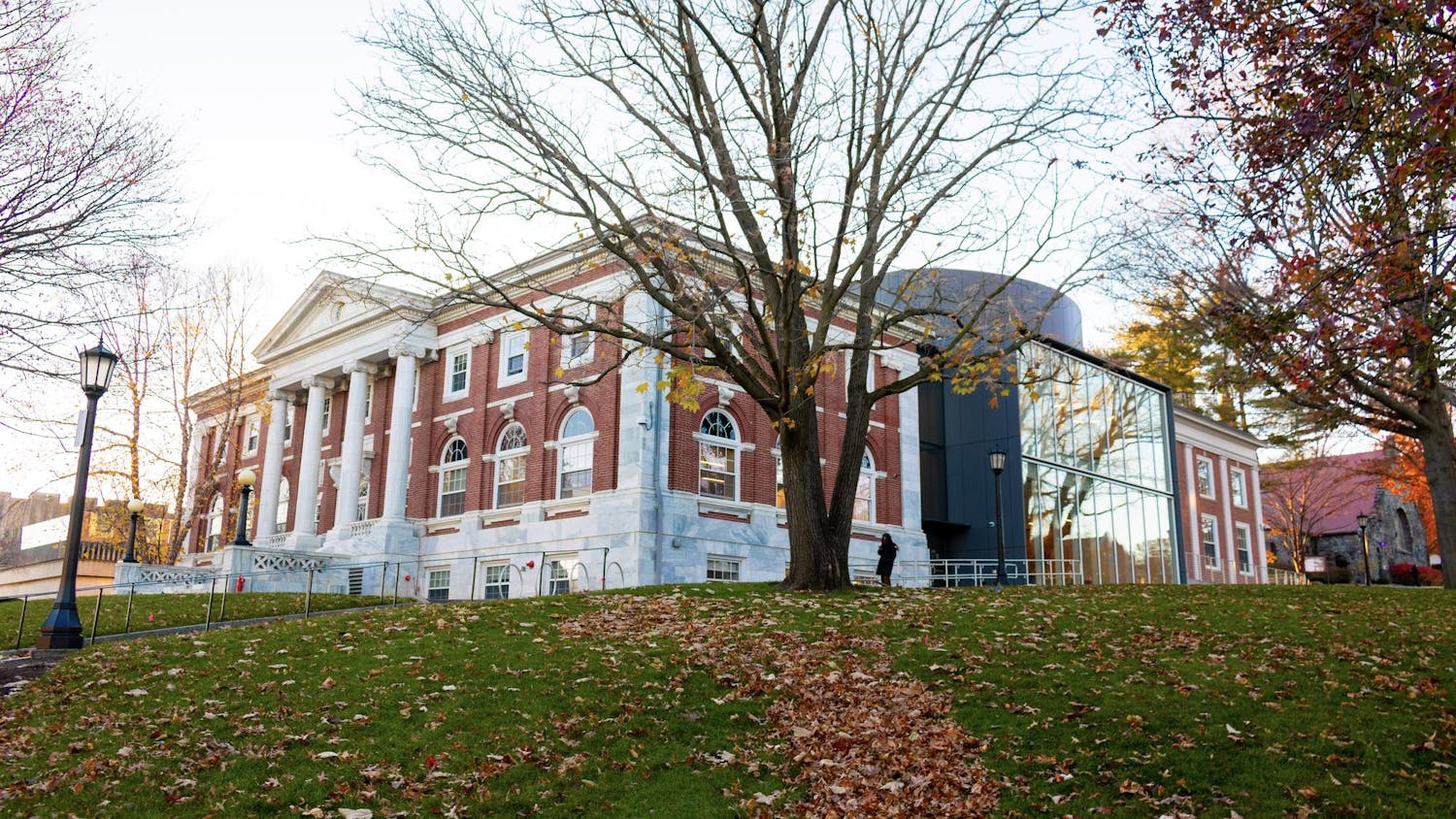The Massachusetts Bay Transportation Authority is being pushed to its limits. In June 2023, a federal safety review prompted an order for over 600 changes. The Federal Transit Administration’s report about the MBTA’s safety cites a shortage of employees as a core issue that must be resolved for the MBTA to provide adequate service. Workforce shortages run the gamut from dispatchers and bus operators to insufficient senior staff. This issue has been exacerbated as a growing number of staff leave the Authority.
Thankfully, there is a path to success. The MBTA has begun reversing its downward trajectory under the leadership of new Gov. Maura Healey, her cabinet and the new MBTA General Manager Philip Eng.
A new union contract brought MBTA bus operators from being some of the lowest paid bus operators in the country to some of the highest paid, resulting in a marked increase in applications for the role. However, there remains a shortage of dispatchers in the MBTA’s operations center, limiting the number of trains that can operate at any given time.
Since system-wide slow zones were imposed on all lines in March 2023 to reexamine the entire system’s tracks, efforts have been made to gather accurate and robust data on where repairs are needed. After a successful effort in making repairs to tracks and stations through the closing part of the Red Line and Mattapan Trolley, the MBTA has scaled the method to all of its rapid transit lines. By closing spans of track and making targeted repairs, the T has been able to rid itself of many of its “slow zones.” The MBTA has outlined a full schedule for 2024’s planned closures. The unsuccessful month-long shutdown of the Orange Line in August 2022 — a pillar of former Gov. Charlie Baker’s methods — is now a hallmark of the past.
However, these repairs and reforms targeting years of disrepair come with a significant, but necessary expense; an estimated $24.5 billion is needed to bring the MBTA to a state of good repair.
The T has made progress through its targeted methods and system reviews. The FTA is supportive of the improvements being made, saying the MBTA has “started to turn the corner in terms of safety culture.”
While the T makes its overdue repairs, it must continue to improve the MBTA’s service. The MBTA needs a stable source of funding to replace its aging, diesel commuter rail with higher speed, more frequent and reliable electric regional rail. They must also increase bus service by improving and creating new routes and hiring more operators.
Despite all of the progress and positive results displayed in recent reports, the MBTA is facing a fiscal cliff — simply put, their expenses are higher than their funding. It is riddled with over $8 billion in interest payments for debt from the Big Dig—a project to move Interstate 93 in downtown Boston underground — and is on the financial hook to make key repairs and improvements after years of inadequate funding.
Other U.S. cities offer promising solutions. The Metropolitan Transportation Authority in New York City and Metro Transit in Minnesota plan to close their budget gaps through new tax revenue sources — a feat only made possible by action from the legislatures of both states.
In Massachusetts, Healey, the Massachusetts General Court and the MBTA must work together to make sweeping investments in the short term to repair and restore the MBTA and in the long term to expand and maintain stable service. MBTA board chair Thomas Glynn has said they’re “confident the Healey administration will find a solution,” citing previous significant projects in the state. The road that brought the MBTA here has been long and the recovery will take time. The can can’t get kicked further down the road; we’re at the end of the line.






